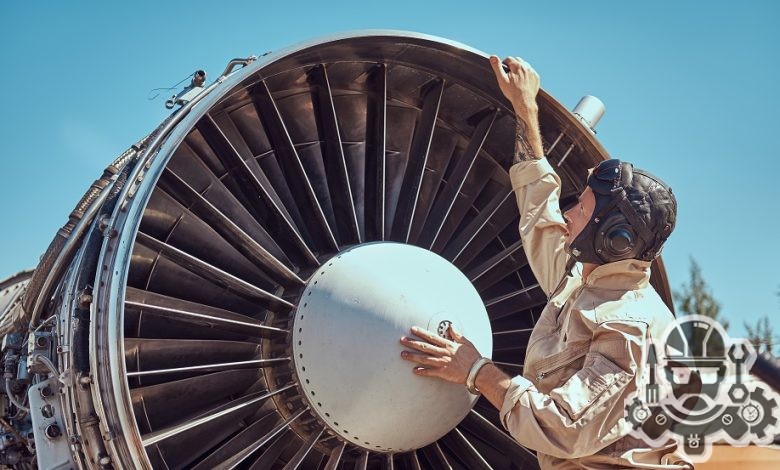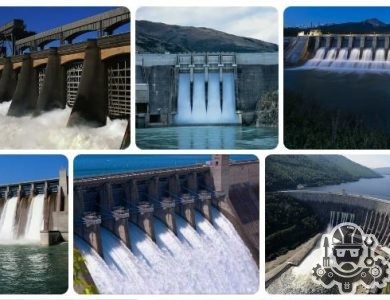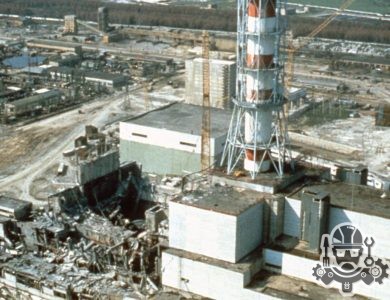What is Aerospace Engineering? Salary & Jobs 2023

Aerospace engineering is a specialized branch of engineering that focuses on the design, development, testing, and production of aircraft, spacecraft, and related systems. It encompasses a wide range of disciplines, including aerodynamics, propulsion systems, structural design, materials science, control systems, and more. Aerospace engineers apply their knowledge and skills to create and improve aircraft and spacecraft, ensuring their safety, efficiency, and performance.
Contents
Aerospace Engineering

Aerospace engineering can be further divided into two main sub-disciplines:
- Aeronautical Engineering: Aeronautical engineering deals with the design and development of aircraft that operate within the Earth’s atmosphere. This includes commercial airplanes, military jets, helicopters, and unmanned aerial vehicles (UAVs). Aeronautical engineers focus on areas such as aerodynamics (study of airflow around aircraft), aircraft structures, propulsion systems, avionics (electronic systems in aircraft), and flight mechanics.
- Astronautical Engineering: Astronautical engineering is concerned with the design and development of spacecraft and vehicles that operate beyond the Earth’s atmosphere. This includes satellites, space probes, space shuttles, and manned spacecraft. Astronautical engineers work on various aspects such as orbital mechanics, spacecraft propulsion, guidance and navigation systems, space materials, and life support systems for astronauts.
Key areas of focus in aerospace engineering include:
- Design and Analysis: Aerospace engineers utilize computer-aided design (CAD) software and other tools to create detailed designs and conduct analysis for various aircraft and spacecraft components. They consider factors such as aerodynamic performance, structural integrity, stability, and safety.
- Aerodynamics: Aerodynamics is crucial in aerospace engineering. Engineers study the behavior of air and how it interacts with aircraft surfaces to optimize lift, drag, and maneuverability.
- Propulsion Systems: Aerospace engineers work on the design and development of propulsion systems that provide thrust for aircraft and spacecraft. This involves the study of jet engines, rocket engines, and other propulsion technologies.
- Materials and Structures: Aerospace engineers select and develop materials that can withstand the demanding conditions of flight, such as extreme temperatures and high stresses. They also design and analyze aircraft and spacecraft structures for optimal strength, weight, and performance.
- Control Systems and Avionics: Aerospace engineers develop control systems and avionics that enable precise control and navigation of aircraft and spacecraft. This includes flight control systems, instrumentation, communication systems, and guidance systems.
- Testing and Safety: Aerospace engineers conduct extensive testing and simulations to ensure the safety, reliability, and performance of aircraft and spacecraft. They analyze data from tests and simulations to make improvements and address any issues.
Aerospace engineers work in a variety of settings, including aerospace companies, government agencies, research institutions, and universities. They collaborate with multidisciplinary teams to bring innovative designs to life and contribute to the advancement of aerospace technology.
What does a Aerospace Engineering do?

Aerospace engineers are responsible for a wide range of tasks and responsibilities related to the design, development, testing, and production of aircraft, spacecraft, and related systems. Here are some of the key activities that aerospace engineers typically engage in:
- Design and Development: Aerospace engineers are involved in the design and development of new aircraft, spacecraft, or aerospace systems. They work on creating detailed designs, conducting simulations and analysis, and optimizing the performance, safety, and efficiency of these systems.
- Aerodynamic Analysis: Aerospace engineers study and analyze the aerodynamics of aircraft and spacecraft to understand how they interact with the surrounding air or space environment. They use computational fluid dynamics (CFD) simulations and wind tunnel testing to assess factors such as lift, drag, stability, and control.
- Structural Analysis: Aerospace engineers analyze the structural integrity of aircraft and spacecraft components and systems. They consider factors such as stress, fatigue, and vibration to ensure that the structures can withstand the forces experienced during operation.
- Propulsion Systems: Aerospace engineers work on the design, development, and optimization of propulsion systems for aircraft and spacecraft. This involves studying and analyzing different types of engines, such as jet engines, rocket engines, and electric propulsion systems, to achieve optimal performance and efficiency.
- Systems Integration: Aerospace engineers are responsible for integrating various subsystems and components to ensure that they work together seamlessly. They collaborate with experts in avionics, control systems, electrical systems, and other areas to ensure proper integration and functionality.
- Testing and Evaluation: Aerospace engineers conduct tests and simulations to evaluate the performance, safety, and reliability of aircraft and spacecraft. This includes ground testing, flight testing, and the analysis of test data to make improvements and address any issues.
- Project Management: Aerospace engineers often work as part of multidisciplinary teams and may take on project management roles. They coordinate activities, manage timelines and budgets, and ensure effective communication among team members.
- Research and Innovation: Aerospace engineers contribute to research and innovation in the field by exploring new technologies, materials, and processes. They stay up to date with advancements in aerospace technology and apply new knowledge to improve existing systems or develop new ones.
- Regulatory Compliance: Aerospace engineers ensure that their designs and systems comply with regulatory and safety standards set by relevant authorities. They consider factors such as airworthiness regulations, environmental impact, and safety guidelines in their work.
These are just a few examples of what aerospace engineers do. The specific tasks and responsibilities can vary depending on the industry, specialization, and project requirements. Aerospace engineers work in various sectors, including commercial aviation, defense, space exploration, and research institutions, contributing to the advancement of aerospace technology and the exploration of space.
What is Aerospace Engineering Salary?
The salary of aerospace engineers can vary depending on several factors, including experience, education, location, industry, and the specific job role. Salaries can also differ between countries and regions.
In the United States, the median annual wage for aerospace engineers was approximately $117,100 as of May 2020, according to the U.S. Bureau of Labor Statistics. The lowest 10 percent earned less than $72,450, while the highest 10 percent earned more than $166,620.
It’s important to note that salaries can be higher or lower depending on factors such as the engineer’s level of experience, the specific industry they work in (e.g., commercial aviation, defense, space exploration), and the location of their employment. Aerospace engineers with advanced degrees or specialized expertise may also earn higher salaries.
What is the Aerospace Engineer Salary in Other Countries?
In other countries, aerospace engineering salaries can vary significantly. Factors such as cost of living, economic conditions, and demand for aerospace engineers in the job market can influence salaries. Below is a rough estimate of aerospace engineering salaries in some countries (figures are approximate and may vary):
- Canada: CAD 60,000 – CAD 100,000 per year
- United Kingdom: £28,000 – £60,000 per year
- Germany: €45,000 – €75,000 per year
- France: €35,000 – €60,000 per year
- Australia: AUD 70,000 – AUD 120,000 per year
- India: INR 500,000 – INR 1,500,000 per year
- China: CNY 150,000 – CNY 300,000 per year
These salary ranges are approximate and can vary based on factors such as the engineer’s level of experience, qualifications, location within the country, and the company they work for. It’s advisable to refer to local salary surveys, job postings, and industry resources for more accurate and up-to-date salary information specific to each country or region.
Aerospace engineering is a specialized branch of engineering that focuses on the design, development, testing, and production of aircraft, spacecraft, and related systems. It encompasses a wide range of disciplines, including aerodynamics, propulsion systems, structural design, materials science, control systems, and more.
Aerospace engineers are responsible for a wide range of tasks and responsibilities related to the design, development, testing, and production of aircraft, spacecraft, and related systems.
In the United States, the median annual wage for aerospace engineers was approximately $117,100 as of May 2020, according to the U.S. Bureau of Labor Statistics. The lowest 10 percent earned less than $72,450, while the highest 10 percent earned more than $166,620.




One Comment